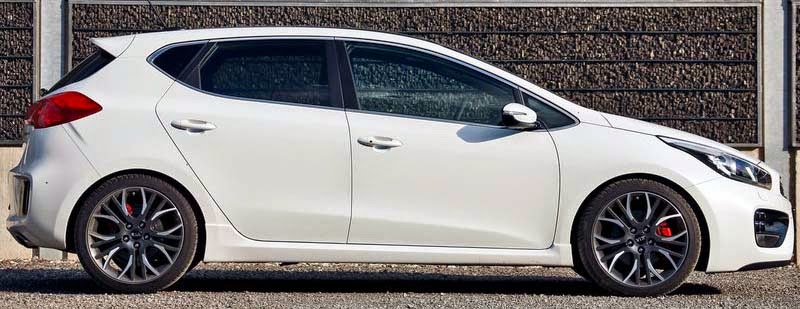McLaren MP4-12C Spider, 2013
The new McLaren MP4-12C Spider, unveiled at the 2012 Pebble Beach weekend in California, is the second vehicle in the growing range of high performance sports cars from McLaren Automotive. This lightweight, mid-engine open-top sports car combines the astonishing performance of the 12C with the increased exhilaration of roof-down motoring. Unlike most other spiders or convertibles, the 12C Spider offers the same performance, handling and driver enjoyment as the fixed-roof coupé version.
The 12C Spider uses the industry-leading carbon fibre MonoCell as the 12C, which needs no extra strengthening to provide the necessary rigidity and strength for an open roof car. In conventional steel or aluminium chassis cars, extra strengthening - and associated weight increase - is normal during the conversion from fixed-head coupé to open-roof convertible. This can compromise performance, handling and driving enjoyment.
The composure of a sports car, the fun of a convertible
'In the new 12C Spider you get the best of both worlds,' says McLaren Automotive Managing Director Antony Sheriff. 'You get all the performance and driving integrity of the 12C, plus the thrill of open-roof motoring.
'The 12C Spider utilises all of McLaren's Formula 1 knowledge and expertise at building lightweight driver-focused sports cars. Just like the 12C, the 12C Spider is "pure McLaren" - it is built without compromise to offer maximum driving enjoyment and performance, but with the added appeal of roof-down driving. No other sports car has this combination of abilities.'
The new 12C Spider is mechanically identical to the 12C. It uses the upgraded 625PS engine, which is part of the 12C Model Year 2013 upgrade. Acceleration - 0-62mph (100 km/h) - takes just 3.1 seconds (when fitted with Pirelli P Zero Corsa tyres), the same as the coupé. Fuel consumption and emissions also remain the same, returning 24.2 mpg (11.7 l/100km) on the combined cycle and 279g/km. The figures are much better than most high performance convertible sports cars, in keeping with McLaren's commitment to class-leading fuel efficiency. Maximum speed is 204 mph (329 km/h).
The Retractable Hard Top (RHT) on the 12C Spider is a fully automatic two-piece design which can be raised or lowered in less than 17 seconds at speeds of up to 30 km/h (19 mph). When lowered, the roof stows beneath a body coloured hard tonneau cover which incorporates twin buttresses. With the roof raised, the area beneath the tonneau cover can be used as additional luggage space.
The 12C Spider features a heated glass rear window, which can be operated independently of the roof. With the roof down, the rear window moves automatically to an 'aero' position to minimise buffeting. Additionally, with the roof up, the window can be lowered to give direct access to the sound of the twin-turbo 3.8-litre V8 engine mounted directly behind the cabin.
A roll over protection system includes a steel structure within each of the rear buttresses to absorb any impact and protect occupants. An 'active' pop-up system was ruled out as it would have added weight.
The detail changes of the 12C Spider extend to both the audio and climate control systems. Audio output changes when the roof is open - to compensate for extra external noise - while the climate control adapts when the roof is lowered.










































